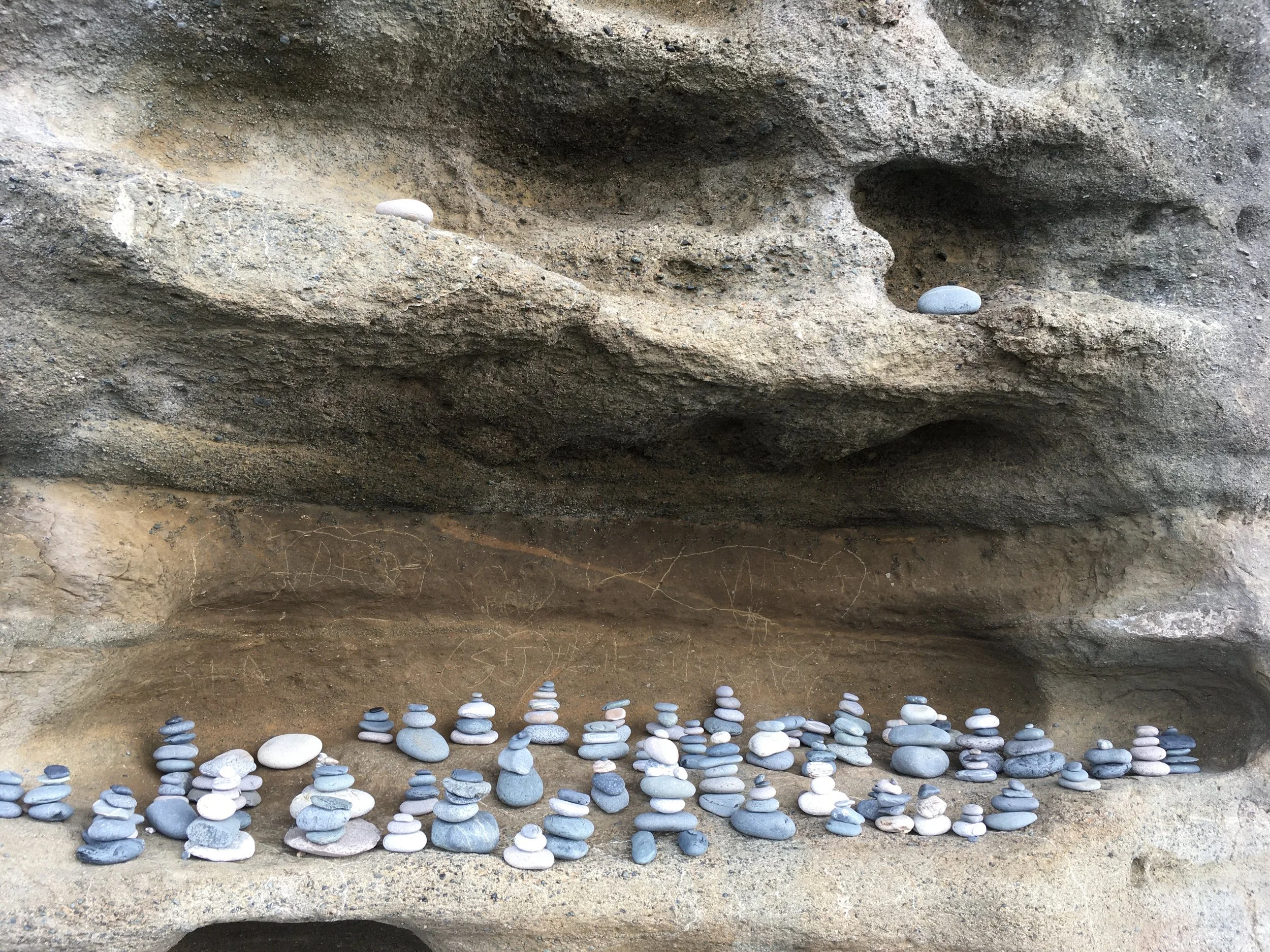There is a sense in which following Dharma is like the Quest for the Holy Grail.
An email post from Richard Rohr about the Quest for the Holy Grail caught my attention recently. In fact it quickened my soul, brought back memories of watching the move Excalibur and reading Mists of Avalon when I was young and impressionable and my life lay before me ripe with potential.
Something about that ancient medieval story stirred me just as it stirred people in long ago times and continues to do so among many today. It’s a story of questions of meaning, of purpose, and of hope, of being touched by the divine — or enlightenment if you will.
Richard Rohr is a Fransican priest based in New Mexico who teaches the lost art of Christian contemplation. He draws from many traditions, including Buddhism. Here’s some of what he posted:
I am told that European quest legends emerged in various forms around 1180 to 1350 CE. They originated from different levels of society, at precisely the time when the great gospel story was in eclipse and no longer reaching the ears or affecting the souls of Christians. It could be said that Grail stories were lay persons’ ways of charting and describing a necessary and good spiritual path.
The myth expressed the deep wisdom of the Christian collective unconscious in a style that was neither churchy nor clerical. Instead, these stories moved confidently into a world of mystery and metaphor. They could do this because the quest was real and the myths were anchored in reality.
I believe we live in a time when the quest is no longer real. People are unsure of the goal, insecure in their search for meaningful patterns, and even unconvinced of any divine origins. It is a major crisis of meaning for the West; at the deepest level, it is a loss of hope. The anxiety and solutions to this crisis cannot be addressed at a mere surface or problem-solving level. Only sacred psychology or mythology are deep and true enough to address questions of meaning and hope.
What true religion has always done is open the door to this symbolic universe, to the world of the soul that is the primary access point for the spirit world. Healthy religion teaches us how to see, how to see more clearly, and how to see things all the way through.
The quest for the Grail is a homespun story of a man named Parsifal growing up and learning the right questions through trial and temptation as he pushes on toward God. During the quest, God speaks and leads through family, failure, violence, visitors, betrayal, sexuality, nature, shadow, and vision. Every person and every event the man encounters is a necessary and grace-filled occasion. There are no dead ends, though there seem to be many. There is no wasted time, no useless characters, no random happenings. All has meaning. It is a wholly enchanted universe; God is in all things waiting to speak and even to bless.
There is a sense in which following Dharma is like the quest for the Holy Grail. Dharma with a big D is difficult to conceptualize but it can be seen as akin to the law of nature, the order and mystery of the universe, ultimate reality, or, if you will, God. One definition I like to work with is “that which holds the universe together.” It’s morality. It’s goodness. It’s life and death and transformation and truth. It’s paradox. It’s refuge. It’s a verb that we tend to concretize into a noun. We can choose to align ourselves with it — or not.
One meaning of dukkha, which we usually translate as “suffering”, is to be out of alignment. When I’m not in synch with Dharma, everything feels personal — and this sense of personal affront is at the core of dukkha. As Theravada nun and teacher Ayya Khema said, the path leads not to the elimination of suffering but to the gradual dissolution of the one who suffers.
When in alignment with Dharma, the fires of greed, hatred, and delusion cool down and the one who suffers does indeed move into the background. With egoic self out of the way, life and death are revealed as luminous, boundless, timeless, immeasurable. The Buddha described it as Nibbana “the wonderful, the marvellous, the deathless.” Jesus said it is the Kingdom of Heaven. Some choose to call it love. The big love of the great soul.
Words are just words, sounds and symbols empty of intrinsic meaning. Yet words have the power to stir us to move us beyond ourselves. The stories and imagery of the Quest for the Holy Grail belong to a particular time and place, just as the stories and imagery of the Buddha’s quest for enlightenment do. Like all true stories, they are universal by nature. They are Dharma.
—Nelle Oosterom

